In an era where climate change looms large as one of the defining challenges of our time, innovative tech giants are stepping forward to reshape the conversation around sustainability. Amazon, a leader in e-commerce and cloud computing, is taking a bold leap into the future by piloting carbon removal technologies at its data centers. This initiative not only underscores the company’s commitment to reducing its environmental impact but also sets a precedent for the industry as a whole. As we delve into this exciting development, we explore the implications of Amazon’s venture into carbon removal, the technologies at play, and what it means for the broader fight against climate change.
Table of Contents
- Exploring the Role of Carbon Removal Technology in Sustainable Data Center Operations
- Assessing the Environmental Impact of Amazon’s Carbon Reduction Initiatives
- Innovative Strategies for Integrating Carbon Capture Across Global Data Facilities
- Future-Proofing the Cloud: Recommendations for Effective Implementation of Carbon Removal Solutions
- Q&A
- Future Outlook
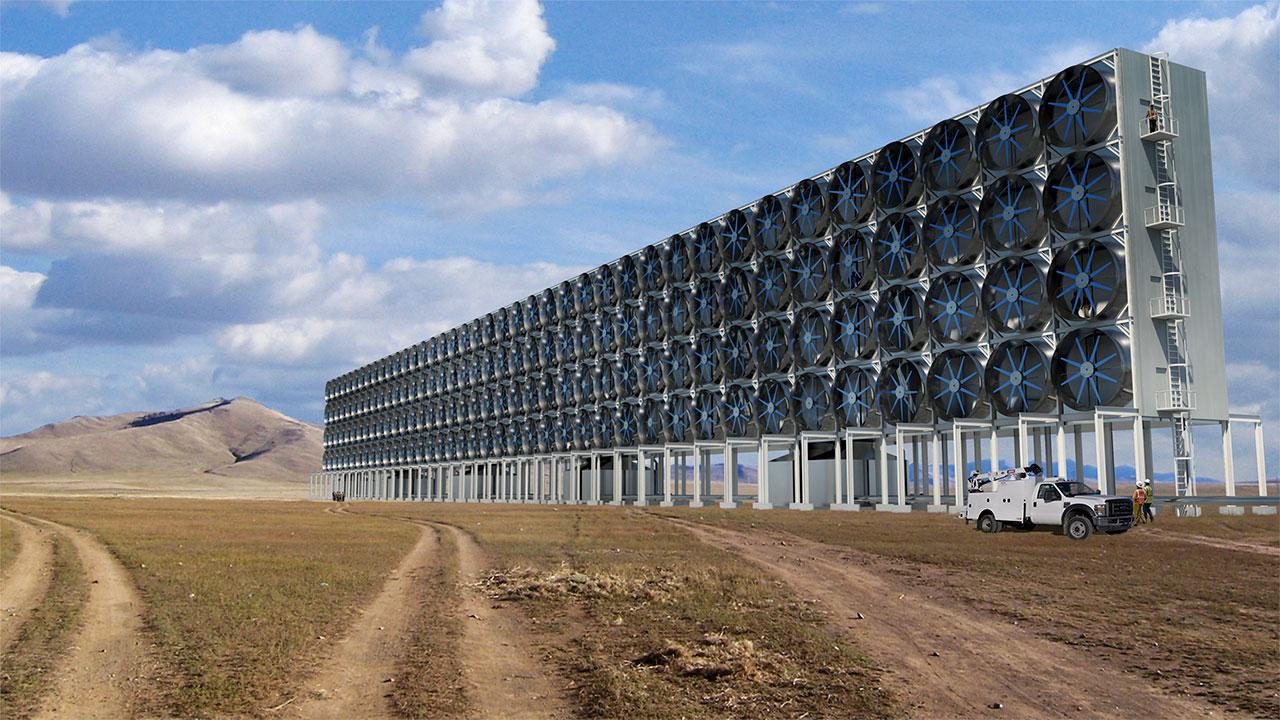
Exploring the Role of Carbon Removal Technology in Sustainable Data Center Operations
The integration of carbon removal technology within data center operations is emerging as a pivotal strategy in the pursuit of sustainability. As digital infrastructures expand, so does their carbon footprint. By implementing innovative methods to capture and sequester carbon dioxide emitted during energy consumption, organizations can significantly mitigate their environmental impact. These technologies not only focus on the reduction of existing emissions but also emphasize the proactive removal of carbon from the atmosphere, ensuring that data centers contribute positively to climate goals.
Amazon’s initiative to pilot carbon removal tech is set to showcase the potential of these advancements. Emphasizing a holistic approach, the pilot program aims to explore various technologies that can seamlessly integrate into existing operations. Some of the key technologies being considered include:
- Direct Air Capture (DAC): A method that uses chemical processes to capture carbon directly from the air.
- Bioenergy with Carbon Capture and Storage (BECCS): Utilizing biomass for energy while capturing resulting emissions.
- Soil Carbon Sequestration: Enhancing the natural ability of soils to store carbon.
This strategic venture not only positions Amazon as a leader in environmental stewardship but also sets a precedent for the industry to adopt more sustainable practices. Through transparency and rigorous assessment of carbon removal efficiencies, companies can pave the way for a greener future in data management.
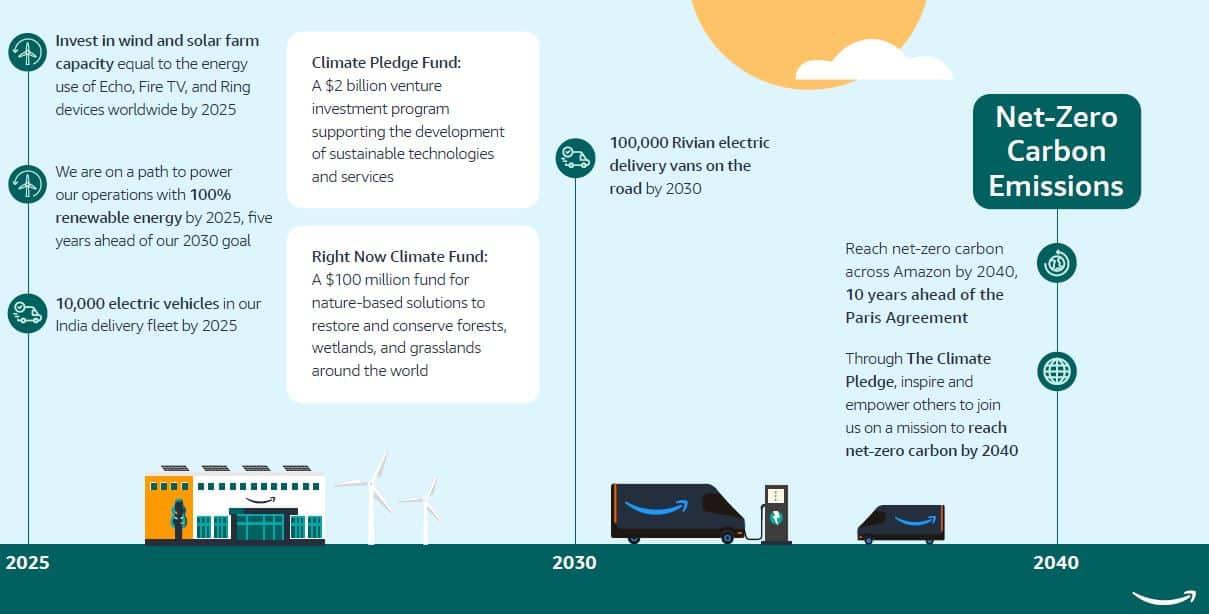
Assessing the Environmental Impact of Amazon’s Carbon Reduction Initiatives
In recent years, Amazon has ramped up its commitment to achieving carbon neutrality, focusing on innovative technologies to mitigate its environmental impact. The company’s pilot program at data centers aims to explore carbon removal solutions that not only offset emissions but actively extract carbon from the atmosphere. This initiative is expected to leverage cutting-edge methods, including direct air capture, which binds CO2 from the air, and soil carbon sequestration, which enhances soil health while locking away carbon. By implementing these strategies, Amazon is looking to innovate how tech companies can play an active role in combating climate change.
To evaluate the effectiveness of these carbon reduction initiatives, Amazon will need to measure both short-term and long-term impacts on its carbon footprint and overall sustainability goals. Key performance indicators could include:
- CO2 Sequestered: The quantity of carbon removed from the atmosphere
- Energy Efficiency: Reductions in energy consumption across data centers
- Waste Reduction: Decreases in waste generated through operational processes
- Community Engagement: Involvement of local communities in sustainability efforts
| Initiative | Expected Outcome |
|---|---|
| Direct Air Capture | Removal of 1,000 metric tons of CO2 annually |
| Soil Carbon Sequestration | Enhanced soil health and biodiversity |
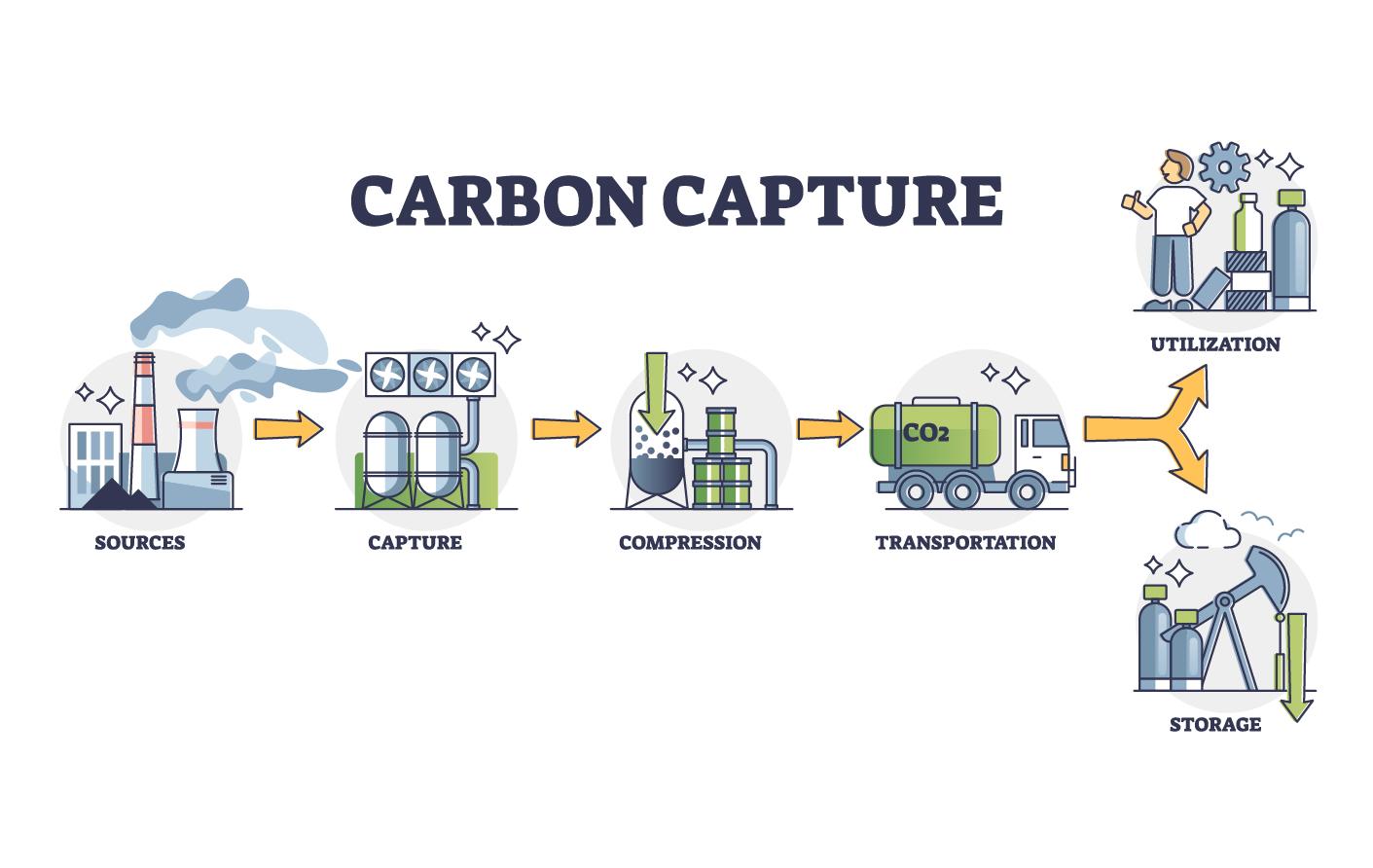
Innovative Strategies for Integrating Carbon Capture Across Global Data Facilities
As data centers continue to burgeon in number and capability, the challenge of their environmental impact grows significantly. One pioneering approach being explored involves the seamless integration of carbon capture technologies within these facilities. Key initiatives may include:
- Direct Air Capture (DAC): Employing systems that absorb CO2 directly from the atmosphere, potentially allowing data centers to offset their emissions directly.
- Bioenergy with Carbon Capture and Storage (BECCS): Utilizing biomass energy generation in conjunction with carbon capture to create a sustainable cycle of energy and carbon management.
- Innovative CO2 Utilization: Repurposing captured carbon into commercially viable products, thus creating an economic incentive for carbon capture investments.
In addition to these strategies, collaborations with tech innovators and environmental organizations can bolster the effectiveness of implementation. Establishing a framework for measuring and reporting captured carbon accurately is also crucial. A potential roadmap involves significant milestones, as depicted in the following table:
| Phase | Objective | Expected Outcome |
|---|---|---|
| Pilot Testing | Implement pilot carbon capture systems at select data centers. | Evaluate performance and refine technology. |
| Scaling | Gradual deployment across facilities. | Increase in overall carbon captured. |
| Assessment | Continuous monitoring and adjustment of operations. | Improved efficiency and reduced costs. |
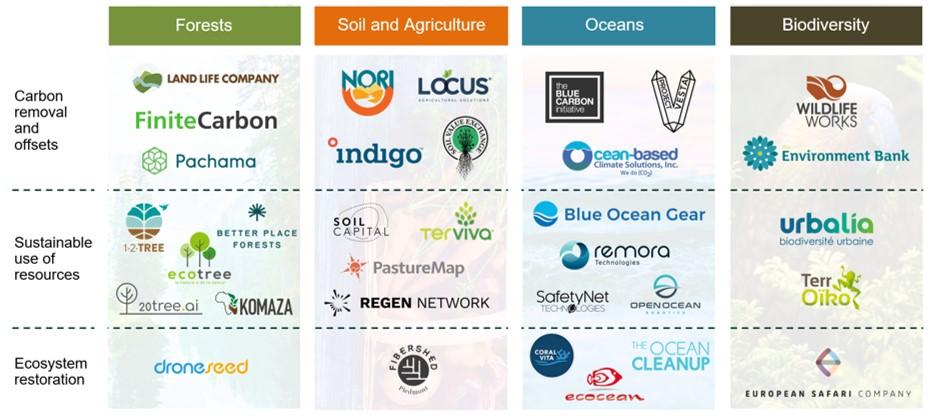
Future-Proofing the Cloud: Recommendations for Effective Implementation of Carbon Removal Solutions
As companies like Amazon embark on initiatives to pilot carbon removal technologies in their data centers, it becomes crucial to establish guidelines that foster effective implementation. To start, organizations should prioritize collaboration with tech innovators specializing in carbon capture solutions, ensuring that their investments are rooted in scalable and proven methods. Equally important is conducting thorough assessments of the existing infrastructure to streamline integration, identifying potential challenges and opportunities that align with sustainability goals. This might include regular audits of energy consumption and emissions associated with various data center operations.
Furthermore, setting up a structured measurement and reporting system is essential to track the effectiveness of these initiatives. Entities should consider using standardized metrics to evaluate the impact of carbon removal efforts over time. An effective approach could involve the establishment of an advisory board comprising sustainability experts who can provide insights and recommendations. Below is a simple framework to categorize and monitor different carbon removal strategies based on anticipated effectiveness and feasibility:
| Strategy | Expected Outcomes | Implementation Difficulty |
|---|---|---|
| Bioenergy with Carbon Capture and Storage (BECCS) | High potential for carbon offset | High |
| Direct Air Capture (DAC) | Effective for large-scale capture | Medium |
| Soil Carbon Sequestration | Enhances soil health while capturing carbon | Low |
| Afforestation/ reforestation | Long-term carbon storage | Medium |
Q&A
Q&A: Amazon’s Pilot Carbon Removal Technology at Data Centers
Q1: What is Amazon’s new initiative regarding carbon removal technology?
A1: Amazon is set to pilot cutting-edge carbon removal technology at its data centers. This initiative aims to enhance the company’s sustainability efforts by capturing carbon emissions directly from the environment, thereby contributing to Amazon’s pledge to become net-zero by 2040.
Q2: How does carbon removal technology work?
A2: Carbon removal technology involves various processes designed to extract carbon dioxide (CO2) from the atmosphere. Techniques can include direct air capture (DAC), where machines absorb CO2, or natural solutions like reforestation. The captured CO2 can then be stored underground or repurposed.
Q3: Why has Amazon chosen to implement this technology in its data centers?
A3: Data centers consume large amounts of energy and are significant contributors to carbon emissions. By integrating carbon removal technology, Amazon aims to mitigate its environmental impact while exploring innovative solutions that align with its broader sustainability goals.
Q4: What are the expected benefits of this pilot program?
A4: The pilot program is expected to provide valuable insights into the effectiveness and scalability of carbon removal technologies. Successful implementation could result in lower greenhouse gas emissions, improved energy efficiency, and inspiration for similar initiatives across the tech industry.
Q5: How will the success of this pilot program be measured?
A5: Success will likely be evaluated based on metrics such as the volume of CO2 captured, the cost-effectiveness of the technology, and its integration with existing data center operations. Amazon may also consider the overall reduction in the carbon footprint of its facilities.
Q6: What are the potential challenges Amazon may face with this initiative?
A6: Challenges could include technological feasibility, economic viability, and regulatory hurdles. Additionally, ensuring that the carbon removal technology seamlessly integrates with their data centers without disrupting operations will be crucial.
Q7: How does this initiative fit into Amazon’s wider sustainability goals?
A7: This initiative directly supports Amazon’s commitment to sustainability, including its ambition to reach net-zero carbon by 2040. By exploring innovative carbon removal solutions, Amazon is fostering a circular economy and encouraging responsible environmental stewardship throughout its operations.
Q8: Can other companies replicate this model?
A8: Yes, if successful, this pilot program could serve as a blueprint for other organizations looking to tackle carbon emissions. The technology and strategies developed may be adapted to fit various industries, especially those with significant energy consumption and carbon output.
Q9: What is the timeline for this pilot program?
A9: While specific timelines may vary, Amazon is likely intending to launch the pilot within the next year, with ongoing assessments and modifications based on early results. The company has indicated that it will share updates on its findings and progress.
Q10: How can individuals learn more about Amazon’s sustainability efforts?
A10: Individuals can visit Amazon’s sustainability website to explore various initiatives and reports, including their climate pledge, renewable energy projects, and detailed updates on their carbon reduction strategies.
Future Outlook
Amazon’s foray into piloting carbon removal technology at its data centers marks a pivotal step towards a more sustainable future for the tech industry. As the world grapples with the ever-pressing challenge of climate change, the convergence of innovation and environmental responsibility is more vital than ever. By exploring cutting-edge solutions to minimize its carbon footprint, Amazon not only positions itself as a leader in corporate sustainability but also sets a precedent for other companies to follow. The success of this initiative could pave the way for broader adoption of carbon removal technologies, ultimately redefining how we approach our responsibility to the planet. As we continue to monitor this development, it remains to be seen how this ambitious pilot will impact both the company’s operations and the wider discourse on climate solutions. One thing is clear: the journey towards a greener tomorrow is just beginning.
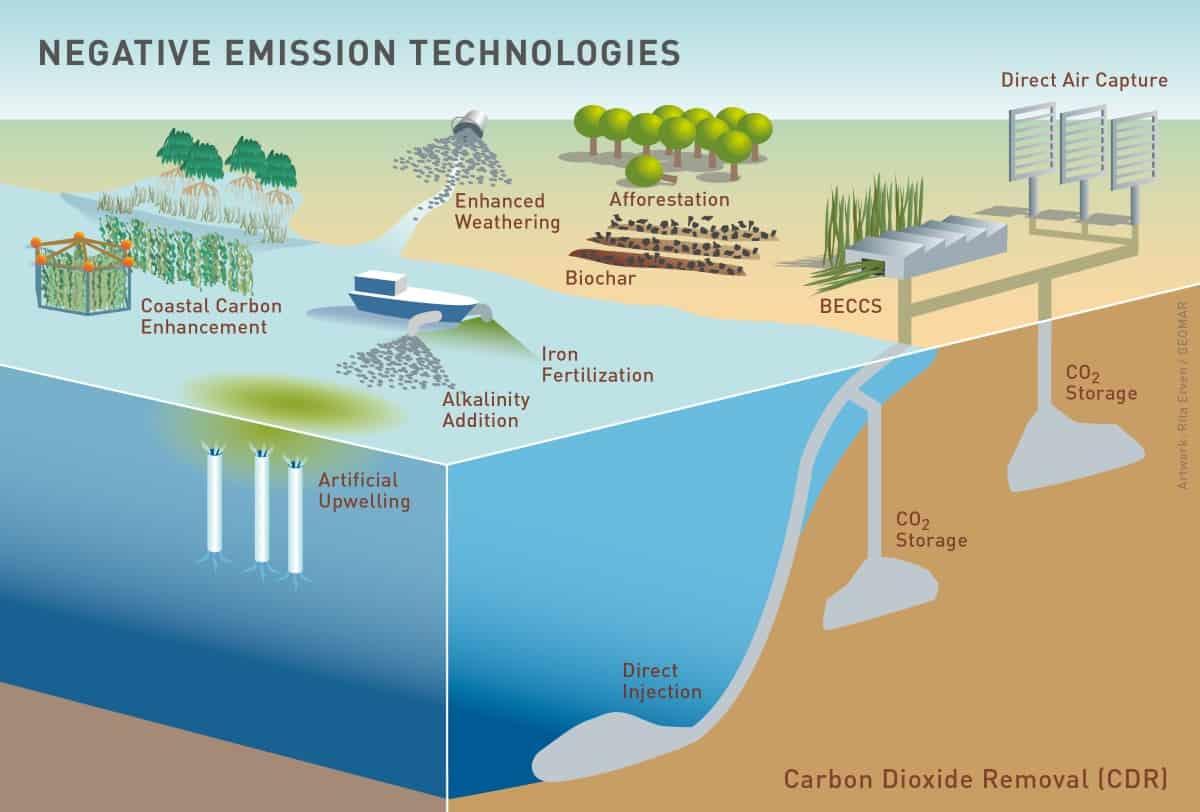
buy ivermectin 12mg online – buy candesartan sale buy tegretol 400mg
accutane 40mg sale – purchase isotretinoin pills cheap linezolid 600mg
order amoxil without prescription – purchase diovan generic ipratropium ca
azithromycin 250mg pills – buy generic bystolic online order nebivolol 20mg online cheap
buy omnacortil 40mg online – buy progesterone generic buy progesterone 100mg generic
furosemide where to buy – buy betamethasone 20 gm for sale3 order betamethasone online
acticlate sale – doxycycline pills cost glipizide 5mg
generic augmentin – ketoconazole for sale online duloxetine 40mg drug
buy augmentin medication – how to buy ketoconazole duloxetine 40mg without prescription
how to buy rybelsus – purchase rybelsus sale cyproheptadine cheap
purchase tizanidine without prescription – buy hydrochlorothiazide cheap purchase microzide for sale
viagra mail order usa – order cialis generic tadalafil for women
tadalafil 40mg pill – purchase viagra pills order sildenafil pill
purchase cenforce pills – glycomet 500mg canada buy glycomet 500mg for sale
oral atorvastatin 10mg – norvasc 10mg cheap buy prinivil for sale
order omeprazole pill – metoprolol 50mg pill purchase atenolol online cheap
order medrol online cheap – medrol 8 mg oral buy triamcinolone 4mg without prescription
buy misoprostol – misoprostol over the counter diltiazem 180mg cost
zovirax uk – buy rosuvastatin 20mg without prescription rosuvastatin online
buy motilium cheap – buy flexeril 15mg pills buy flexeril tablets
purchase domperidone for sale – buy tetracycline order generic flexeril 15mg
order generic inderal 10mg – buy propranolol medication buy methotrexate 2.5mg for sale
buy coumadin 5mg sale – buy metoclopramide buy losartan paypal
buy esomeprazole pill – esomeprazole 40mg capsules buy imitrex
order levofloxacin 250mg online – avodart over the counter order ranitidine 150mg pills
meloxicam 15mg drug – tamsulosin 0.4mg canada generic flomax 0.4mg
ondansetron online order – zocor pill order simvastatin online
buy valtrex 500mg sale – order propecia 1mg generic forcan over the counter
modafinil 200mg canada provigil 100mg drug modafinil online buy order modafinil 200mg without prescription buy provigil tablets purchase provigil pills cost modafinil 200mg
More posts like this would persuade the online elbow-room more useful.
Thanks on sharing. It’s first quality.
buy zithromax 250mg online – buy azithromycin 250mg without prescription metronidazole 400mg price
order semaglutide online – cyproheptadine 4mg price periactin 4mg without prescription
order generic domperidone – brand motilium 10mg cyclobenzaprine price
inderal 10mg cost – clopidogrel canada methotrexate 5mg without prescription
order generic amoxicillin – order amoxil pill order combivent 100 mcg online
buy generic zithromax – tindamax 300mg cost bystolic pills
augmentin 375mg over the counter – https://atbioinfo.com/ buy ampicillin pill
cost esomeprazole – https://anexamate.com/ brand nexium 20mg
order warfarin sale – https://coumamide.com/ buy cozaar 50mg
buy meloxicam generic – https://moboxsin.com/ meloxicam 7.5mg price
prednisone 5mg usa – apreplson.com prednisone price
buying ed pills online – fastedtotake.com best ed pills at gnc
amoxil oral – combamoxi.com order amoxicillin sale
buy fluconazole 100mg pills – purchase diflucan generic fluconazole medication
cenforce 50mg without prescription – click cenforce cheap
cialis male enhancement – site sildenafil vs tadalafil vs vardenafil
cialis how to use – tadalafil tablets 40 mg buy cialis/canada
buy zantac pills – https://aranitidine.com/ ranitidine order online
cialis viagra levitra for sale – cheap viagra in london viagra blue pill 100
Greetings! Very serviceable recommendation within this article! It’s the little changes which choice turn the largest changes. Thanks a lot for sharing! on this site
More posts like this would make the blogosphere more useful. allergic reaction prednisone dose
More posts like this would create the online space more useful. https://ursxdol.com/doxycycline-antibiotic/
I’ll certainly carry back to read more. https://prohnrg.com/product/get-allopurinol-pills/
More articles like this would pretence of the blogosphere richer. https://aranitidine.com/fr/acheter-cenforce/
This website positively has all of the bumf and facts I needed about this participant and didn’t positive who to ask. https://ondactone.com/simvastatin/
I couldn’t resist commenting. Adequately written!
avodart price
I am in truth delighted to coup d’oeil at this blog posts which consists of tons of of use facts, thanks towards providing such data. http://www.irwebcast.com/cgi-local/report/redirect.cgi?url=https://roomstyler.com/users/adipe
This is the compassionate of criticism I rightly appreciate. http://wightsupport.com/forum/member.php?action=profile&uid=21299
dapagliflozin 10mg price – https://janozin.com/# order dapagliflozin 10mg for sale
orlistat over the counter – https://asacostat.com/# buy xenical 120mg pill
You can keep yourself and your family by being cautious when buying panacea online. Some pharmaceutics websites operate legally and sell convenience, solitariness, sell for savings and safeguards as a replacement for purchasing medicines. buy in TerbinaPharmacy https://terbinafines.com/product/allegra.html allegra
This is the kind of post I unearth helpful. TerbinaPharmacy
With thanks. Loads of erudition!
https://t.me/s/officials_pokerdom/3879
https://t.me/s/flagman_official_registration
https://t.me/s/iGaming_live/4866
https://t.me/s/BeEfCasInO_oFfIcIaLs
https://t.me/s/BeeFCASiNo_OffIcIAlS
https://t.me/s/bEeFcASiNo_OfFiCIaLS
https://t.me/s/Martin_casino_officials
https://t.me/s/ezcash_officials
https://t.me/s/dragon_money_mani